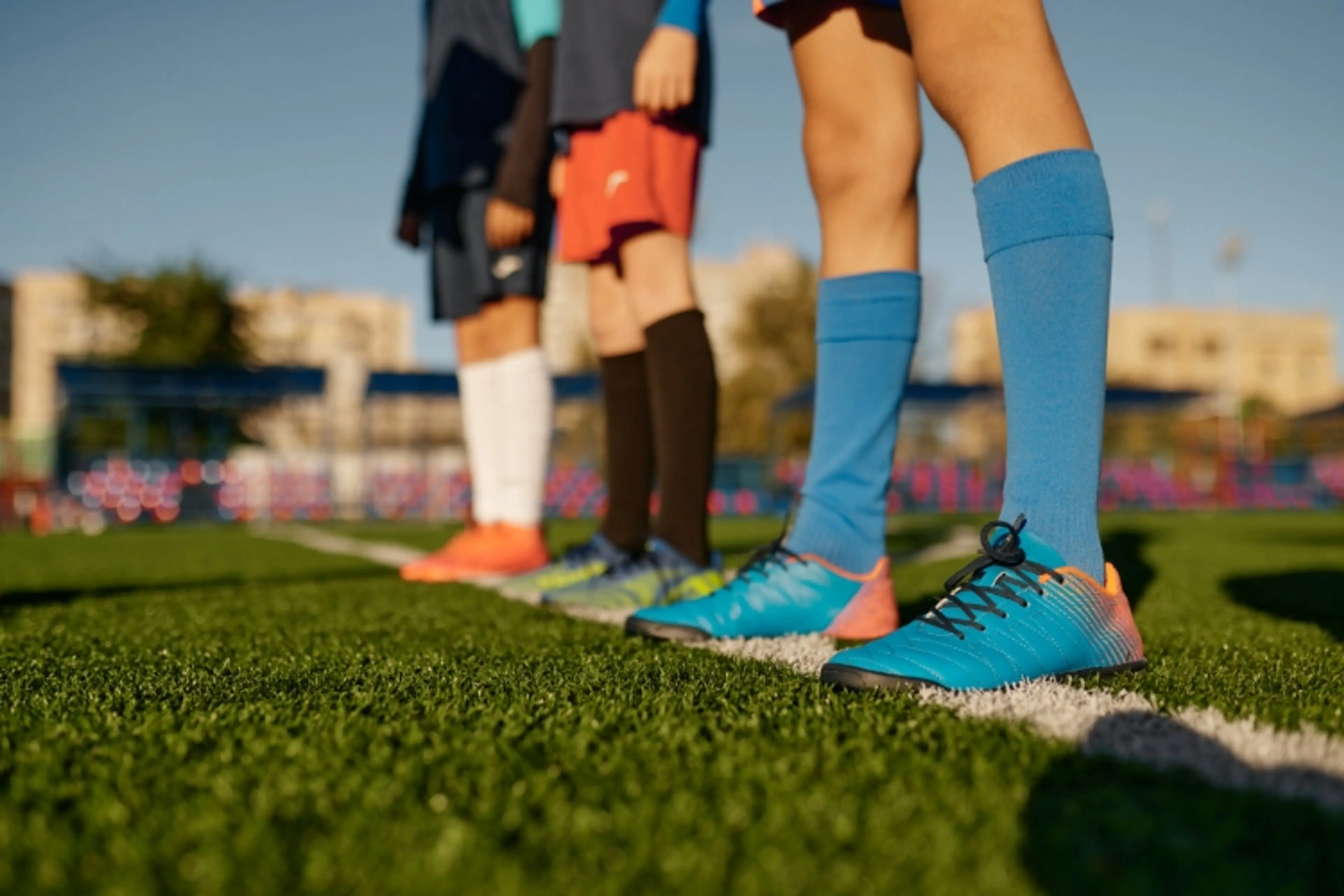Impact of Artificial Grass on Football: A Closer Look
3 July 2024

At AMI we’re all enjoying watching EURO 2024 but it got our team thinking…
How big an impact has artificial grass had on football across Europe?
We’re all very aware of the challenges facing the industry which heavily revolve around sustainability and environmental factors most notably primary and secondary microplastics, end-of-life recycling and PFAS.
But we wanted to look at the positive impact Artificial Grass has had on the game, specifically grassroots football around Europe and the rest of the world.
Access
Football has become more accessible to players in regions with harsh weather conditions or limited space for natural grass pitches. This has allowed more individuals to participate in grassroots football and develop their skills. A great example of this is Iceland’s heavy investment in the early 2000s which is said to have been a contributing factor in their qualification for Euro 2016.
Maintenance
Artificial grass requires less maintenance compared to natural grass, making it more cost-effective for grassroots football clubs and organisations. This has allowed for better allocation of resources towards improving facilities and player development. This is now becoming a regular sight further down the football pyramid with non-league and semi-professional teams often opting for artificial pitches.
Community Engagement
The availability of artificial grass pitches has facilitated increased community engagement, allowing for a wider range of football programs, training sessions, and matches to be held, thereby benefiting the local football community. This is very evident in the UK where after-school sessions using floodlit artificial pitches are a common occurrence, something that just wouldn’t of been possible 30-40 years ago.
The artificial grass/turf market is one that’s steadied since the post-pandemic explosion in demand but those in the industry have demonstrated to us that there is reason to be optimistic. Growth potential over the next 4 years is predicted with new products and systems under development, automation, a changing climate, continued urbanisation all contributing factors.
The following provides an overview of the detail within the report, although as always there is much more detail behind it and so AMI Consulting are always happy to try and answer any specific questions where appropriate.
Join us at an event or enquire about our latest report
The 10th edition of AMI’s latest report “Artificial Turf The Global Market” provides a comprehensive industry overview up to 2027. It explores key factors influencing the market such as sustainability, economic challenges, and regional trends; topic areas include natural infill, end-of-life field options, recycled material, and PFAS. If you’re interested in hearing more about the report you can request your free report proposal that contains more detail on the structure and findings included in the report by visiting our website, just click here.
If you’d like to discuss anything more specific with me, Nick Palmer the author of the report and Business Unit Manager for Energy and Infrastructure at AMI, please feel free to get in touch.
We’re also holding a conference in Malaga next year where we connect industry professionals and explore the latest technical developments of the artificial turf supply chain. You can book your place or register an interest in presenting by clicking here.